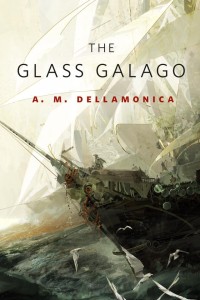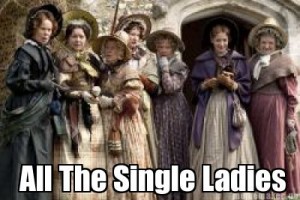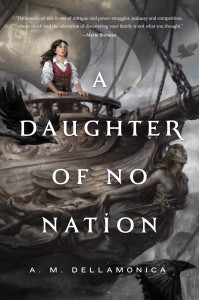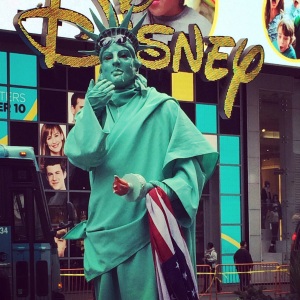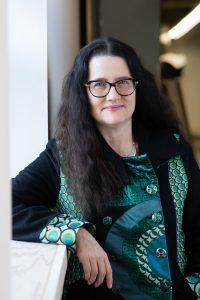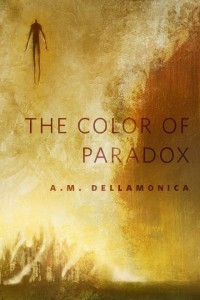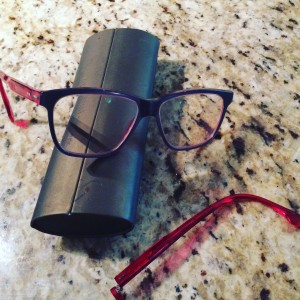 First, a question, about your favorite movie set in present-day London. What is it?
First, a question, about your favorite movie set in present-day London. What is it?
My incredible reward for virtue Sunday morning–virtue being that I hauled my ass out the door at nine to go have what turned out to be an exceptionally, yea unfairly robust and demanding hot yoga session–was that when I opened my locker and tried to put my glasses back on, they snapped in my hand.
(Actually, my true reward for virtue is that the incomparable Andrew at 312 Optical assured me that they were still under warranty, and that he would urge the folks who make them to send out the part post-haste so he could fix them. And he had checked all this before I got there, because he follows me on social media.)
I do have back-up glasses, but the lenses are very different. I’m looking at a week or more of underperforming and feeling eyestrainy. And, possibly, being offline a lot. Which is the whole reason I’m telling you this.)
Other nice things that happened this weekend included this fantastic review of A Daughter of No Nation in The Toronto Star, by Marissa Stapely:
And Kelly’s posting the TOC for the Gardner Dozois anthology The Year’s Best Science Fiction: Thirty-Third Annual Collection, which will include her debut story, “The Three Resurrections of Jessica Churchill.”
Blessings, so many blessings. There were fish tacos, and hugs from our favorite baker, some funny posts from an artist friend who’s trying to clean out one of her piles of multimedia supplies, the first few chapters of The Witch of Lime Street: Séance, Seduction, and Houdini in the Spirit World by David Jaher, chocolate olive-oil cake from Forno Cultura, roasted parsnips and a rewatch of Thor: The Dark World.
Most of all, there was talk of London, London, OMG, London, where Kelly and I will be going, for the first time, in a mere 95 days. Part of the reason for rewatching The Dark World (not that one needs a reason) is that it’s one of the few movies we own that’s set in London now. As opposed to London in the 1900s, 1800s, 1700s, Doctorwhohundreds, etc. The only other one may be Love Actually. Hence my initial question. Because I’m not entirely sure I’m up to rewatching Luther.







